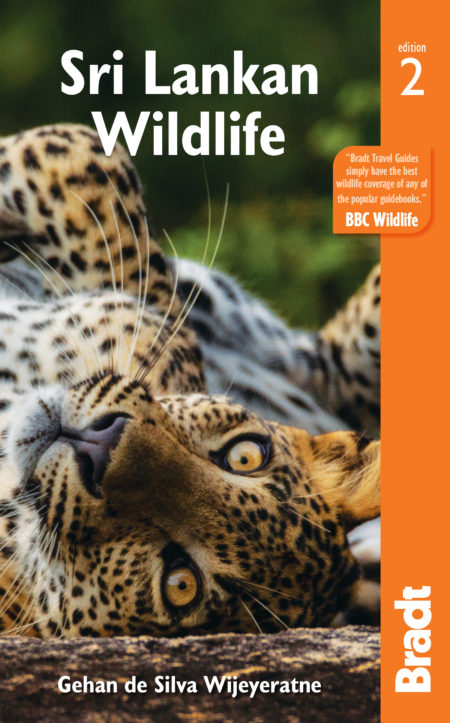How many destinations in the world allow a visitor to snorkel by day off golden-sand beaches and then search by nightfall for leopards? Home to all manner of fins, claws and tusks, Sri Lanka is one of the top places on the planet for animal-focused travel. At around 66,000km², this small island is only about half the size of England but confounds the usual norms of biogeography by being home to a wealth of large mammals – and is home to a very special ‘Big Five’ of its own.
Asian elephant
Sri Lanka is undoubtedly the best place in Asia to see the continent’s largest terrestrial mammal, the Asian elephant. One of three species that make up the family Elephantidae, it is distinguished from the African elephant by its smaller ears and concave back. The race found in Sri Lanka is larger than that in India and is considered to be a separate subspecies. It does not engage in long migrations.
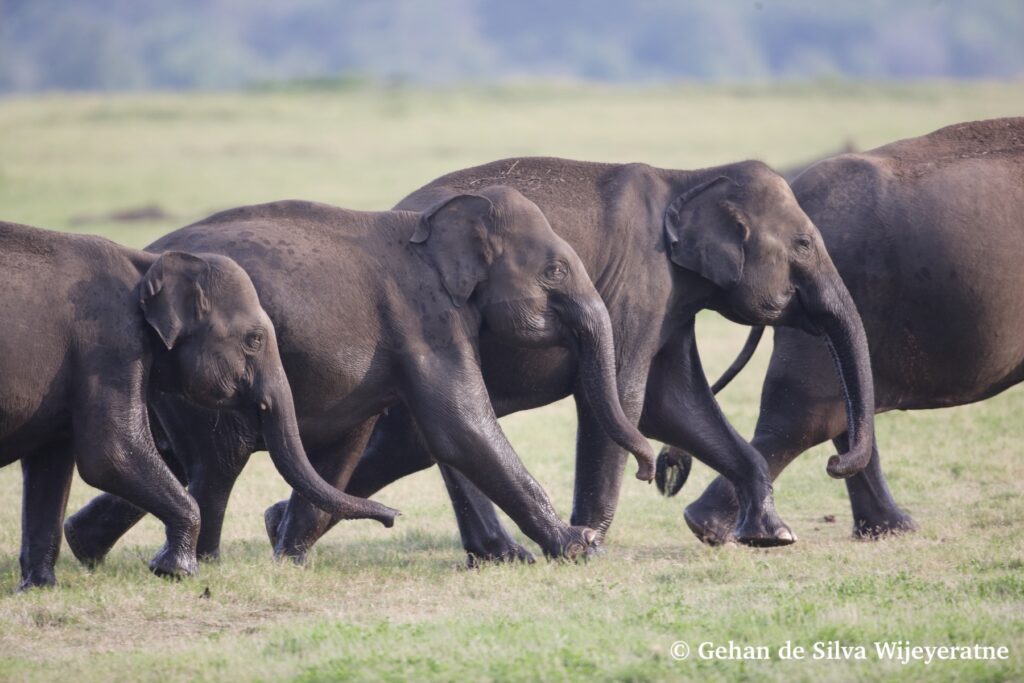
Almost everything about the Asian elephant is extraordinary. From specially modified trunks utilised as fifth limbs, to special cells that enable it to ‘listen’ with its feet, its remarkable biological attributes make it one of the most fascinating animals in the world.
Where to see it
Sri Lanka is the place to see the Asian elephant, with sightings virtually guaranteed in Uda Walawe and regular in a number of other parks, such as Wasgomuwa and Yala. Elephants are seen throughout the year, though are never predictable: at times several families may be seen in the space of a single day; at other times they may disappear for several days at a time.
As recently as the mid 20th century, elephants were distributed all over Sri Lanka, up to the Horton Plains. Broadly speaking they are now almost confined to the dry lowlands, though a few small populations cling on in the wet lowlands. Human–elephant conflict has become a pressing conservation issue, and elephants are gradually becoming penned behind electric fences around protected areas.
The most spectacular elephant event in Sri Lanka – or indeed anywhere in the world – is ‘The Gathering’, which takes place at both Minneriya National Park and Kaudulla in August and September. Small family groups arrive from scrub jungles tens of kilometres apart and coalesce into small herds, which in turn congregate into larger herds of 50–100. Visitors have often counted more than 300 elephants at one time. It is, by any standards, a spectacular wildlife event.
Leopard
The leopard is the largest of four cat species in Sri Lanka. Roughly about the size of a large dog, with a body about one metre in length and a tail nearly as long, the leopard’s yellow coat is beautifully patterned with distinctive black spots that form rosettes on the flanks.
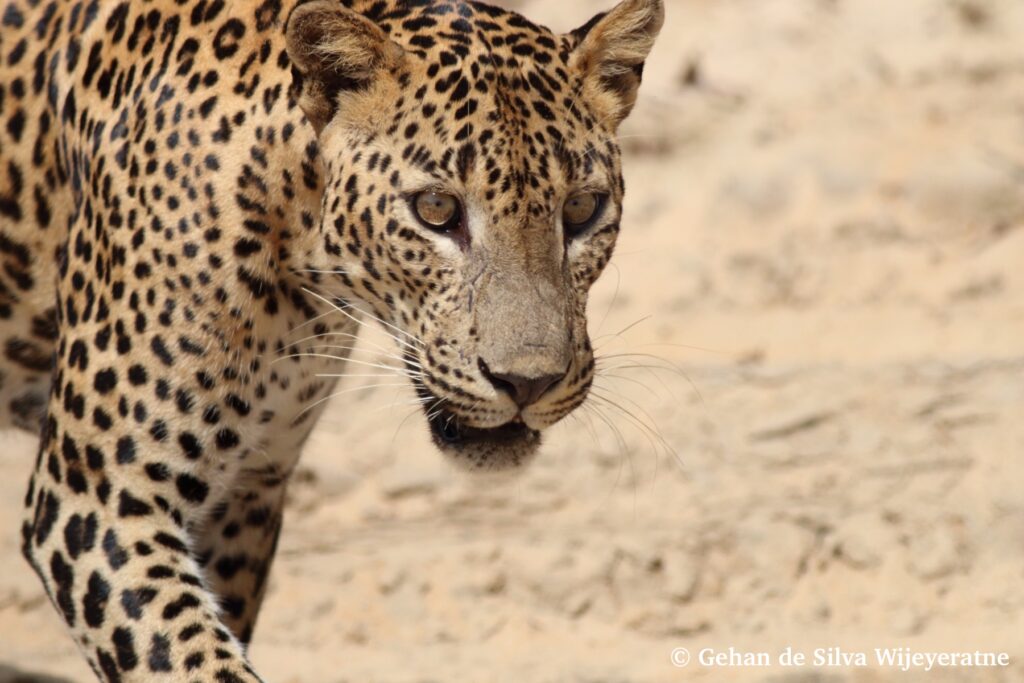
The high density, relatively open terrain and the leopard’s confidence as uncontested top predator combine to make Sri Lanka one of the best places in the world in which to see it. Sri Lanka’s leopards constitute an endemic subspecies and are now largely confined to protected areas.
Where to see it
While there is indeed a chance of spotting these magnificent animals among Sri Lanka’s urban landscapes, your best bet for an up-close encounter is a visit to one of the country’s national parks. Yala and Wilpattu in the dry lowlands are the very best places to see leopards in Sri Lanka. Block 1 of Yala National Park has one of the highest densities of leopards in the world, with up to one leopard per square kilometre.
The BBC’s famous wildlife documentary Leopard Hunters was filmed here and if you book three to five game drives you are unlikely to leave the park without having spotted at least one of these unique creatures.
Sloth bear
The sloth bear is the only bear species found in Sri Lanka. The race on the island is endemic, although in the field it is not distinct from the Indian race. Like all bears, it has a stocky build, thick hair and plantigrade feet, meaning that the soles make complete contact with the ground when walking, as in humans.
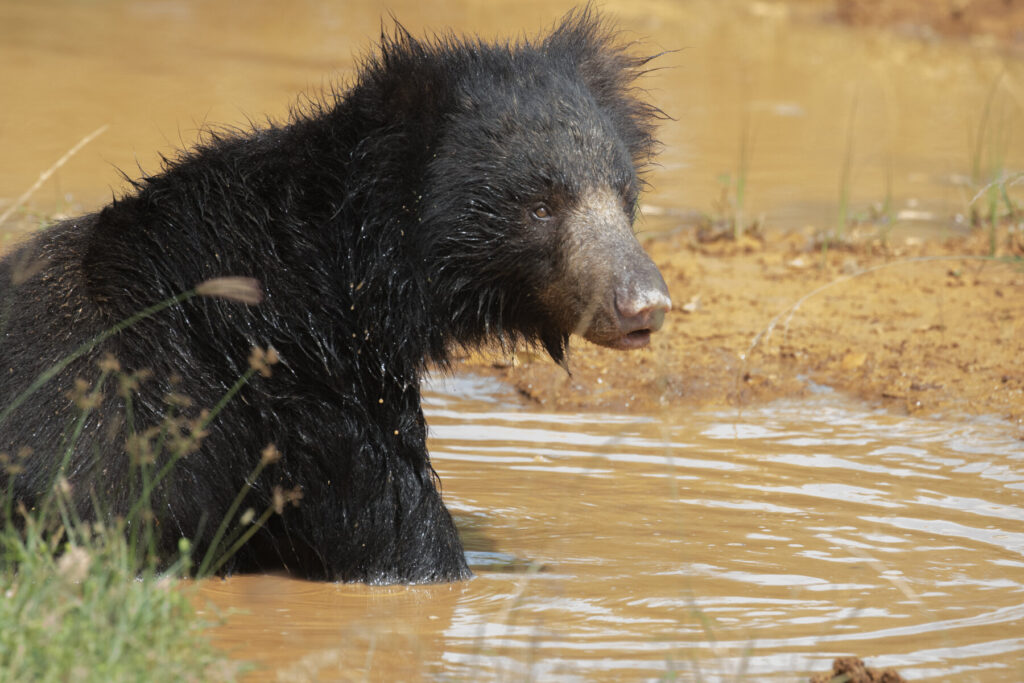
Females are smaller than males, with thicker fur on their back. This helps them carry their cubs, which ‘piggy back’ on their mothers when they are very young.
Where to see it
Sloth bears are primarily nocturnal, which means that they are generally hard to see, even though there may be plenty around. Situated in the dry lowlands of the North Central Province, Wasgomuwa National Park is home to possibly the highest density of sloth bears in the country – but they remain elusive.
Your best bet is to head to Yala, as while there may be fewer here than in Wasgomuwa, the park’s population are more tolerant of humans and daytime sightings are possible. The same can be said for Wilpattu National Park where sloth bear sightings are reported with reasonable regularity. It is best to search for them in July when the palu fruit is ripening.
Sperm whale
The sperm whale is by far the world’s largest toothed whale, reaching 18m in length. Easily identified by its long, square head, whose bulbous upper section has a cavity that contains spermaceti oil (the product for which sperm whales were so ruthlessly targeted by whalers), catching a glimpse of these formidable creatures is a truly unforgettable experience.
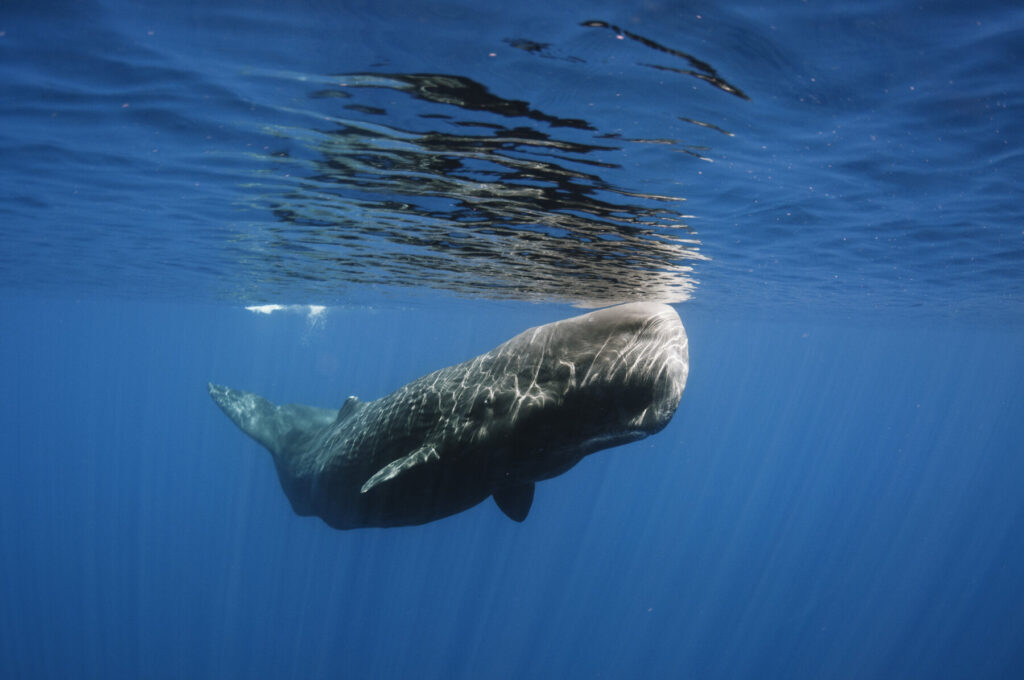
Where to see it
The sperm whale is frequently recorded in waters off Trincomalee, while Kalpitiya has also been identified as a sperm whale hotspot. Being mammals, of course, they must surface for air, but the location of blowholes on top of the elongated snout means that their breathing does not interfere with their forward movement. They can dive to great depths and can hold their breath for long periods. Sperm whales are seen on whale watching trips from Mirissa to see blue whales.
For those hoping to witness a super-pod (sometimes numbering more than 100 sperm whales) in action, your best bet is a commercial whale watch in the waters of Trincomalee or Kalpitiya. Although their seasonal arrival is unpredictable, the chances of a sighting remain fairly high.
Blue whale
The largest animal that has ever lived, weighing up to 160 tonnes and reaching 30m in length, the blue whale gets its name from its mottled blue-grey colouration. It has a broad, flat, U-shaped head with a central ridge running from the blowhole to the tip of the snout. In close encounters the sheer size is awesome, with the tail flukes alone spanning six metres.
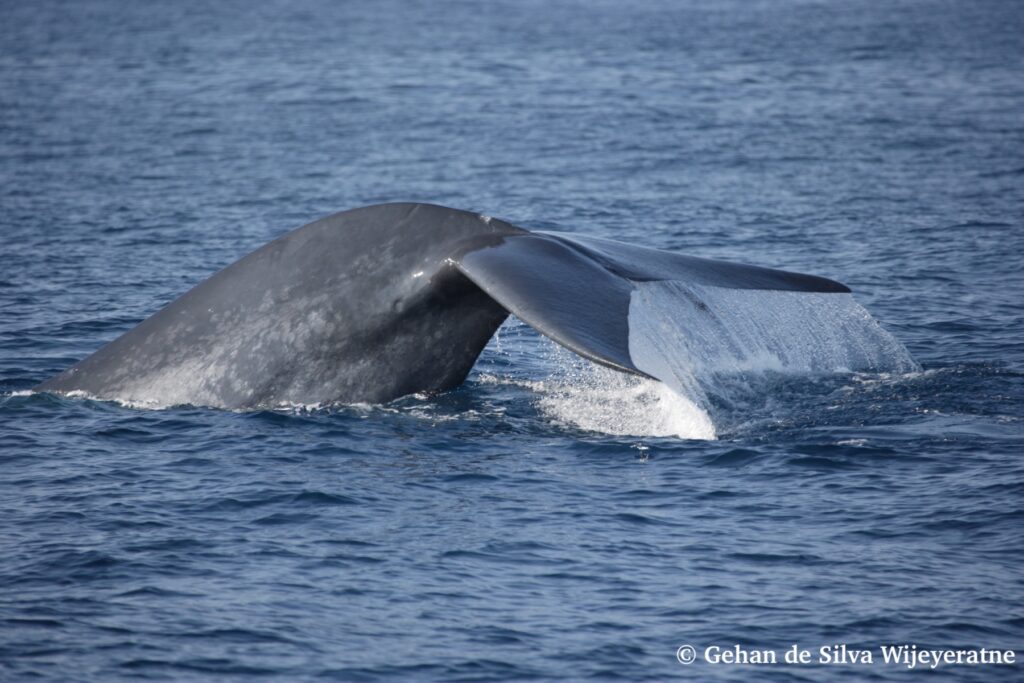
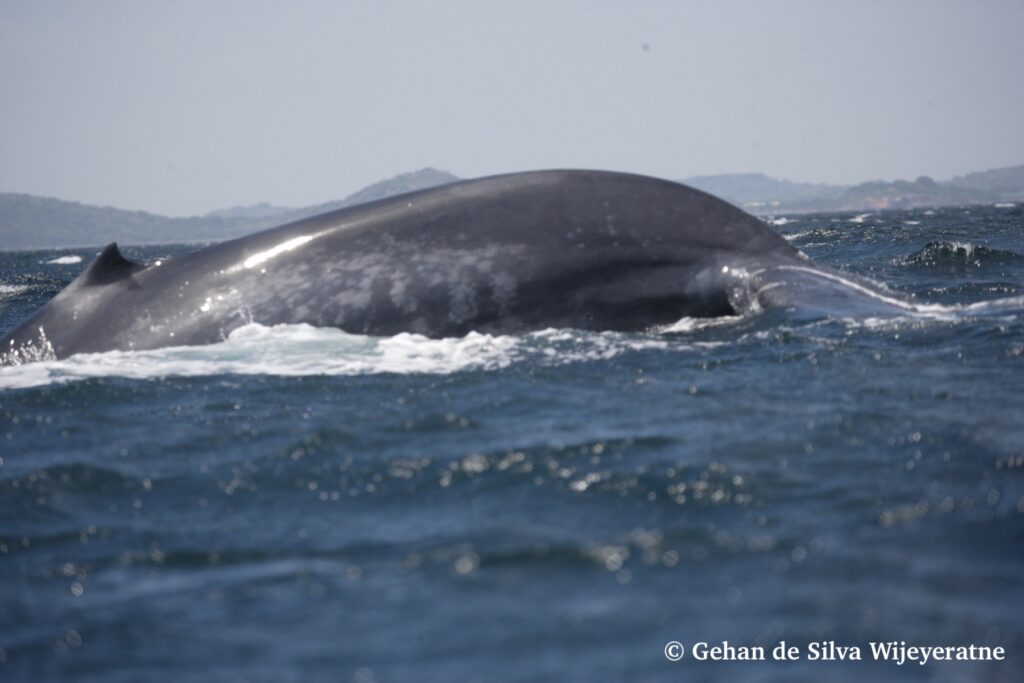
Where to see it
A media campaign in 2008 established Mirissa as the best place in the world for seeing blue whales. Located in the south of Sri Lanka, between the major cities of Galle and Matara, in recent years Mirissa has become a popular beach hotspot and a haven for travellers seeking an encounter with this remarkable underwater mammal. The continental shelf along the southern coast is very narrow and so the deep waters where blue whales reside can be accessed quickly and easily, explaining the density of whale-watching tour companies found in the region.
The blue whale is also seen appearance in Trincomalee with the best months being March and April. The Nilaveli and Uppuveli beaches have boat operators who offer whale-watching.
More information
For more information, check out Gehan de Silva Wijeyeratne’s guide:
